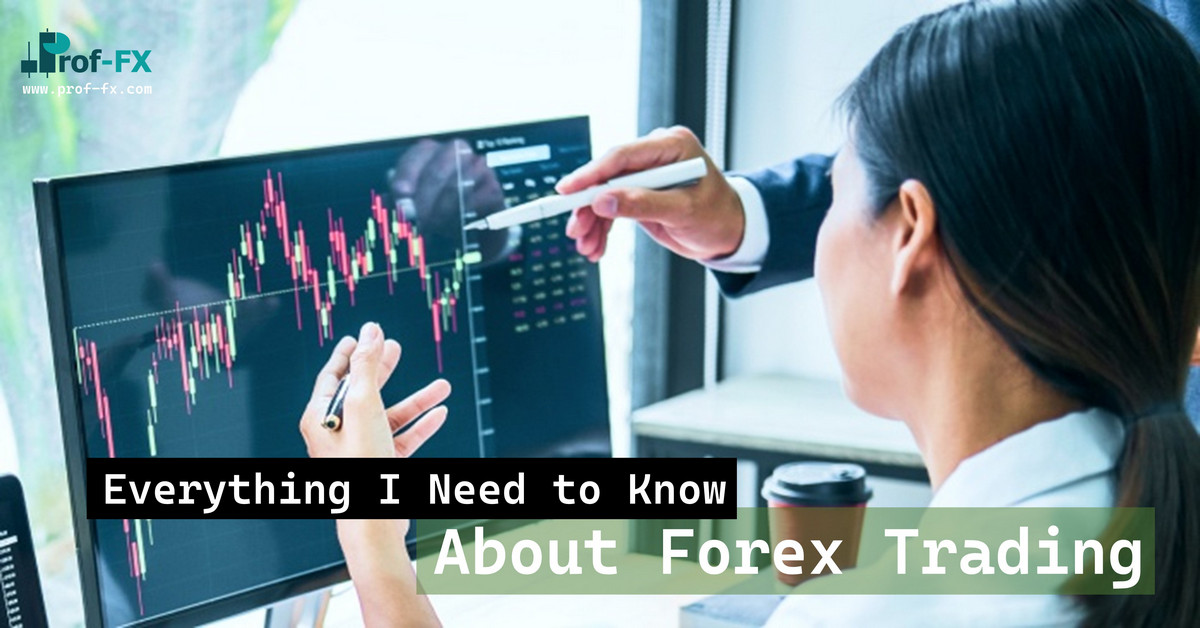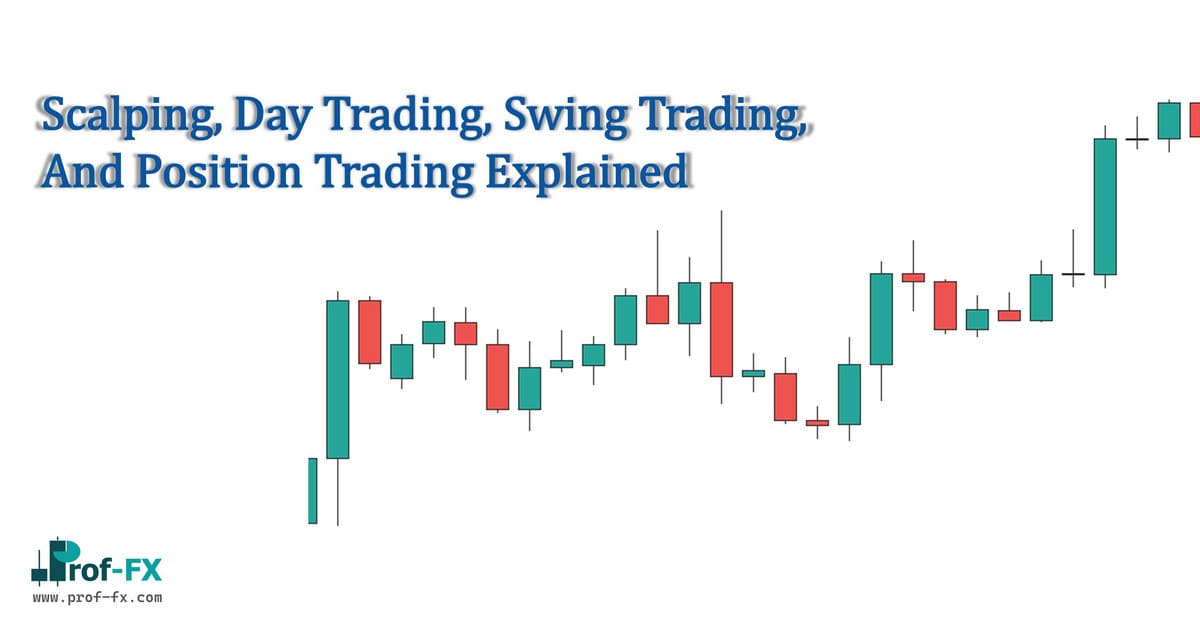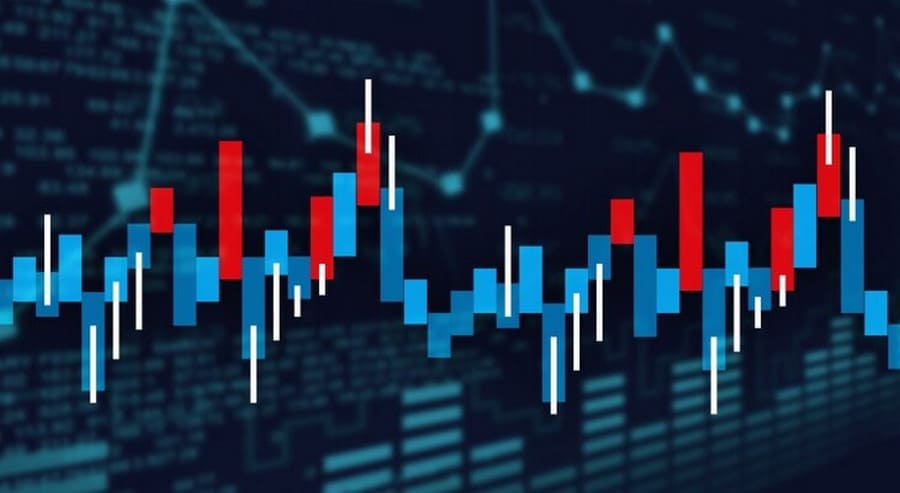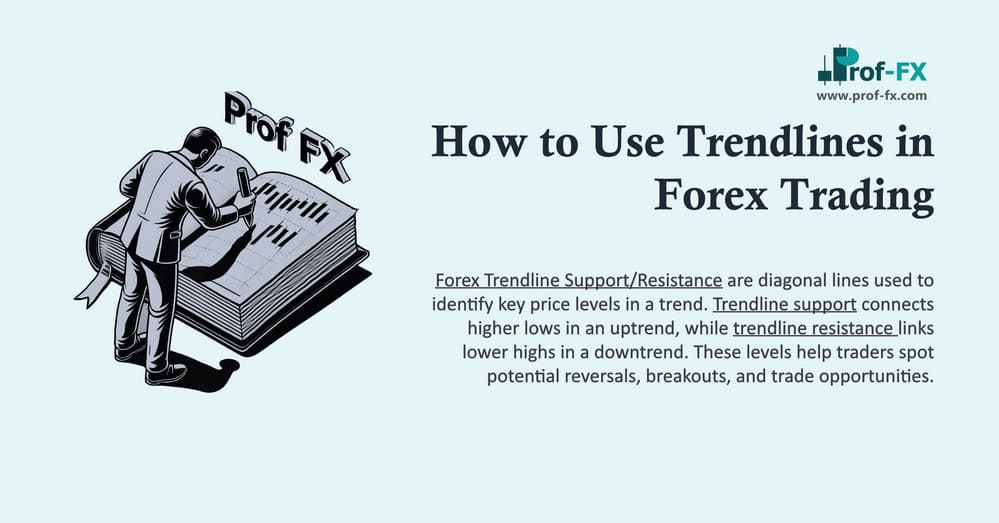What is Everything I Need to Know About Forex Trading?
General Info
- Brief overview of forex trading. > Read what is Forex
- Importance of understanding forex trading fundamentals. Read Forex Fundamental Analysis
What is Forex Trading?
- Definition of forex trading.
- Explanation of how the forex market works.
- Overview of currency pairs (major, minor, and exotic pairs). Read Forex Currencies
How Does the Forex Market Operate?
- Explanation of the 24-hour trading cycle.
- Breakdown of the four major forex trading sessions (Sydney, Tokyo, London, New York). Read Trading Hours
- The concept of market liquidity and volatility. Read Forex Volatility
Key Concepts in Forex Trading
- Pips and Spreads: Explanation of pips, how they’re calculated, and the significance of spreads. Read What is the Spread
- Leverage and Margin: Understanding leverage, how it amplifies trading positions, and the concept of margin. Read What is Leverage
- Lot Sizes: Overview of standard, mini, and micro lots.
Forex Trading Strategies
- Day Trading: Characteristics and strategies for day trading in forex.
- Swing Trading: How swing trading differs from day trading and long-term investing.
- Scalping: Quick trades in the forex market and how scalping works.
- Position Trading: Long-term trading strategies and their benefits.
Tools and Platforms for Forex Trading
- Trading Platforms: Overview of popular trading platforms like MetaTrader 4, MetaTrader 5, and others.
- Technical Analysis Tools: Charts, indicators, and tools essential for technical analysis.
- Fundamental Analysis Tools: Economic calendars, news feeds, and other tools for fundamental analysis.
Risk Management in Forex Trading
- Setting Stop Losses: Importance of stop losses and how to set them.
- Risk-to-Reward Ratio: Understanding and applying risk-to-reward ratios.
- Diversification: Spreading risk across different currency pairs and trading strategies.
Common Mistakes to Avoid in Forex Trading
- Overtrading: The dangers of trading too frequently.
- Ignoring Risk Management: How neglecting risk management can lead to losses.
- Trading Without a Plan: The importance of having a well-thought-out trading strategy.
How to Start Forex Trading
- Choosing a Broker: Key factors to consider when selecting a forex broker.
- Opening a Trading Account: Step-by-step guide to opening a forex trading account.
- Starting with a Demo Account: Why beginners should start with a demo account.
- Transitioning to a Live Account: Tips for moving from demo to live trading.
Here is a summary of Everything You Need to Know About Forex:
What is Foreign Exchange / Forex / FX?
Foreign exchange is the concurrent buying of one currency and sale of another – currencies are constantly traded in pairs. All the international currencies are traded on floating exchange rates. On a daily basis, there is a regular turnover of approximately US$1.5 trillion in the foreign exchange markets. The foreign exchange market is branded as the “Forex,” or “FX” market. It is the greatest financial market in the world.
Is there a central location for the Forex Market?
Forex trading is not controlled through an exchange. As transactions are performed between two counterparts, the FX market is over the counter (OTC) market, or an “inter-bank”.
Who participates in the FX market?
Central, investment and commercial banks have conventionally dominated the Forex market. Other market participation is speedily increasing, and includes at the moment international money managers and brokers, registered dealers, multinational corporations, options and futures traders, and private investors.
When is the FX market open for trading?
In the matter of fact, Forex is a global 24-hour marketplace. The trading day begins in Sydney, and moves around the globe as each financial center wakes up. Then goes Tokyo, then London, and finally New York. Investors can act in response in real time to any fluctuations caused by current economic, social and political events and actions.
What are the most common currencies in the Forex markets?
In the Forex market, the most “liquid” currencies are those of countries with stable governments, low inflation, and respected central banks. Almost 85% of transactions carried out every day involve the major currencies, including the U.S. Dollar, the European Union Euro, British Pound, Japanese Yen, Swiss Franc, along with the Canadian and Australian Dollars.
Is it capital intensive to trade forex?
Forex Capital Management calls for a minimum deposit of $300 to open a Mini Account and $2000 for a regular account. Your association with Forex Capital Management enables you to perform highly leveraged trades (as much as a 200 to 1 leverage ration in the Mini Account.) You set the degree of leverage that you wish to deploy. But for otherwise specified, your leverage level is set at the most indulgent level required by your account size. Please, consider that whereas this degree of leverage enables you to maximize your profit potential, the potential for loss is equal.
What is Margin?
Margin is a performance bond that assures against trading losses. Margin requirements in the FX marketplace permit you to hold positions a good deal larger than the asset value of your account. Trading with Forex Capital Management includes a pre-trade check for margin availability; the trade is carried out if there are sufficient margin funds in your account only. The Forex Capital Management trading system calculates cash at hand necessary to cover current positions, and provides this information to you in real time as well. In the case that funds in your account fall below margin requirements, the system will close all the positions opened. This prevents your account from falling below your available equity, which is a major protection in this volatile, fast moving open market.
What are “short” and “long” positions?
Short positions are taken when a trader sells currency in expectation of a recession in price. Making this move allows the investor to profit from a turndown. Long positions are taken when a trader buys a currency at a low price in expectation of selling it later for more. Making these moves allows the investor to benefit from altering market prices. Keep in mind! As currencies are traded in pairs, every forex position certainly requires the investor to go short in one currency and long in the other.
What is the difference between an “intraday” and “overnight position”?
Intraday positions are all positions opened anytime during the 24-hour period AFTER the close of Forex Capital’s regular trading hours at 5:00pm EST. Overnight positions are positions that are still on at the end of regular trading hours (5:00pm EST), which are automatically turned over by Forex Capital Management.
How is pricing determined for certain currencies?
The complete scope of economic and political conditions impact currency pricing. It is generally held that interest rates, inflation rates and political stability are top among important factors. Every now and then, governments participate in the forex market in order to influence the traded value of their currencies. These and other market issues such as very large orders can affect disproportionate comparative volatility in currency prices. The sheer size of the forex market puts a stop to any single factor from dominating the market for any length of time.
How can I manage risk?
In Forex trading, the most common risk management tools are the stop-loss order and the limit order. The stop-loss order directs that a position be automatically liquidated at a definite price in order to protect the position against dramatic changes. A limit order sets the maximum price that the investor is eager to pay in a transaction, with a minimum price to be received in exchange. The foreign exchange market is so liquid that it is easy to carry out stop-loss and limit orders. Forex Capital Management guarantees implementation of stop-loss and limit orders at the specified price on orders up to US$1 million.
What trading strategy should I use?
Both economic essentials and technical aspects influence the decisions of currency traders. Traders who follow economic essentials use government issued reports, current news, and broad economic trends to predict movements in price. Technical traders are dependent on trend lines, support and resistance levels, and a variety of charts and precise analysis to identify trading opportunities. In due course, the most significant price movements happen in close association with unexpected events. The central bank may change rates without warning, or an election puts an unexpected candidate in power. News from conflicts surely impacts currency pricing. As a rule, it is the expectation of a certain event rather than the actual event that makes price pressures.
How often can trades be made?
As one might suppose, trading activity on any particular day depends on current market conditions. Some small to medium size traders can make as many as 10 transactions in a day. By means of not charging commission and offering tight spreads, Forex Capital Management investors can take positions as often as is needed without apprehension for excessive transaction costs.
How long should a position be maintained?
By and large, Forex traders hold positions until one of three criteria is seen:
- A sufficient profit has been taken in from the position.
- A pre-set stop-loss order is generated.
- A better potential position appears and the trader needs to liquidate funds to take advantage of it.
How do margin calls work?
A margin call is produced once the equity balance in an account drops below the margin requirement for that size account. Any open positions are immediately liquidated if the maximum allowable leverage has been exceeded, not considering of the nature or size of the positions.










